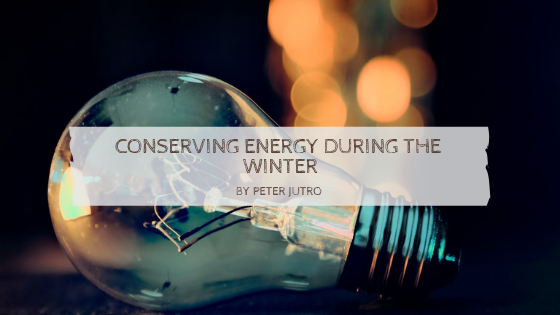When temperatures start falling, many begin to migrate indoors. With the cold weather comes the understandable urge to crank up the heat. Much like snowfall during a blizzard, however, the costs of staying comfortable throughout winter can quickly accumulate. To help keep energy expenses from snowballing, consider the following tips.
Cover Windows
About 30% of the average home’s heat escapes through its windows. To prevent your windows from bleeding excess energy, you can install window coverings, such as insulated shades, window quilts, roller shades, or close-fitting drapes. Keep them open during the day to gather heat, and closed at night to preserve it. For an inexpensive solution, tape clear plastic sheeting to the windows’ interior. Be sure to seal it snug against the frame; this will help minimize air infiltration. Ideally, of course, replacing old windows with those that are energy efficient can be an effective, if expensive, course of action.
Reset Thermostats
There’s no reason to heat an unused space. Simply turning the thermostat down 7 to 10 degrees can generally lower heating costs by around 10%. When you are present, try setting the temperature as low as possible without sacrificing comfort; 68 degrees is ideal for many. Using a programmable thermostat removes most of the effort in regulating your home temperature, as it allows you to schedule the heat to switch on and off based on your own schedule. If your house has a zoned heating system, adjust thermostats to warm those areas actually in use. Heat pumps are most cost-efficient when a moderate setting is maintained, unless you have a programmable thermostat made exclusively for heat pumps.
Check for Air Leaks
Besides the obvious culprits like doors and windows, there are many hidden cracks and crevices from which air can leak. To detect any areas prone to leakage, you can conduct a quick visual inspection of the following areas: outside corners, faucets, and other places where building materials run together, electrical outlets, switch plates, recessed lights, baseboards, chimney dampers, attic hatches, mounted AC units, phone jacks, and cut out spaces for pipes and ventilation. Either caulking or weatherstripping can be applied to seal up leaks when necessary.
Maximize Fireplace Efficiency
Those concerned with heat loss wouldn’t keep a window open in the winter; neither should they keep their fireplace dampers open. An open damper offers heat a clear escape route up the chimney. If you don’t intend to ever use a fireplace, block it with a draft stopper. If you do use it, adjust the thermostat to between 50 and 55 degrees and leave a nearby window slightly open (1 inch). Other energy-conscious modifications include tempered glass fireplace windows, a fireback and caulking around the hearth. If you have a gas fireplace with a pilot light, it is wise, and in some areas mandatory, to not completely shut the damper.
A few other energy saving tips for the winter season include reducing the temperature of your water heater to 120 degrees, replacing burned out bulbs with LEDs, and using LED holiday lights. Cold weather energy costs can surge, but if you keep this advice in mind you’ll be on track to enjoy savings this winter.

